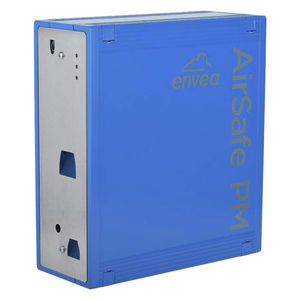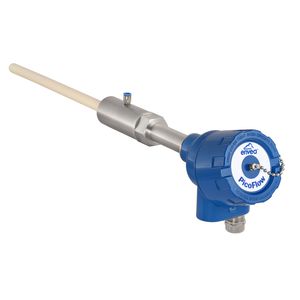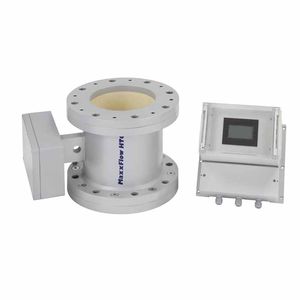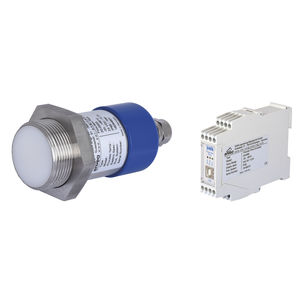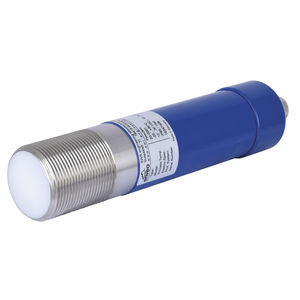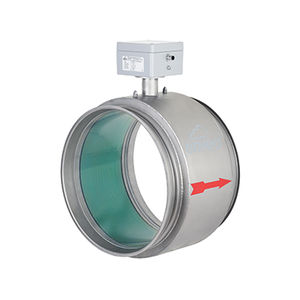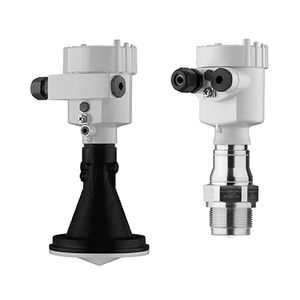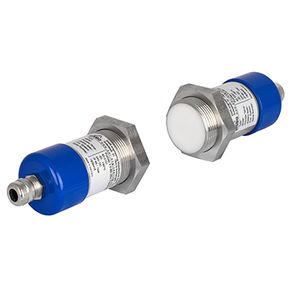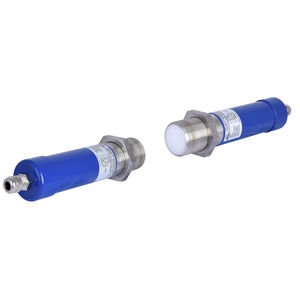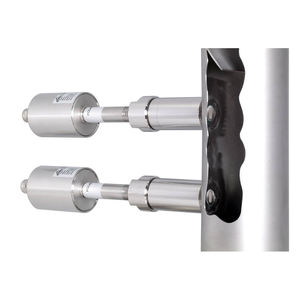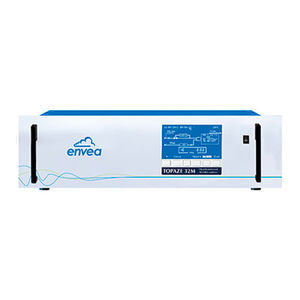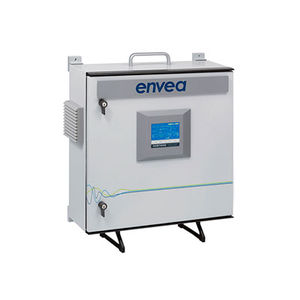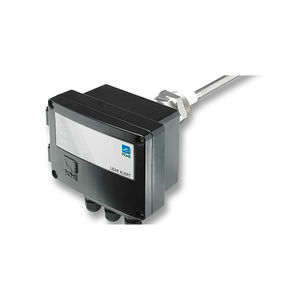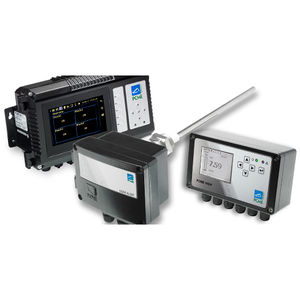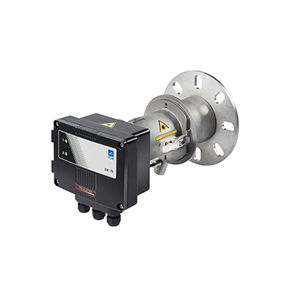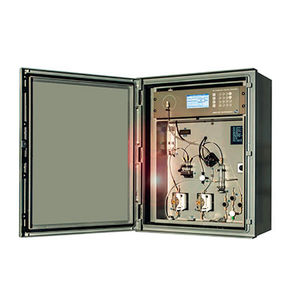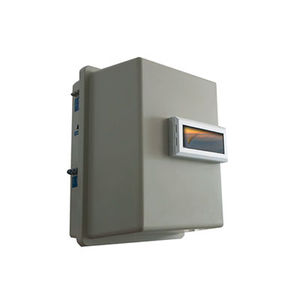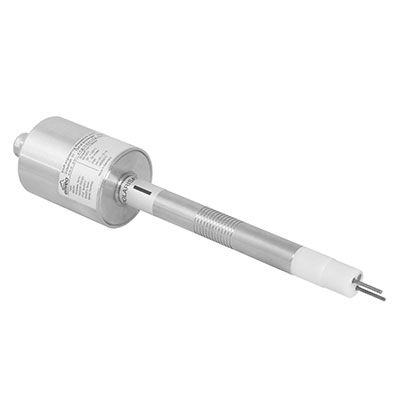
Linear speed sensor SpeedFlow 2.0electricanalog outputnon-contact


Add to favorites
Compare this product
Characteristics
- Type of movement
- linear
- Technology
- electric
- Other characteristics
- analog output, non-contact, digital output, robust, stainless steel, compact, high-temperature, high-resolution, combined, 2-channel, smart, set, IP65, plug-in
- Temperature range
Min.: -20 °C
(-4 °F)Max.: 80 °C
(176 °F)
Description
VELOCITY MEASUREMENT FOR SOLIDS
Continous speed measurement for solids usable in free fall and pneumatics
Especially designed for continuous measurement of velocity of solids and particles such as granulates, powders and dusts, which are transported in free fall or in pneumatic transport. Uses triboelectric correlation technology.
FEATURES & BENEFITS
- Continuous speed measurement of solids (powder, granules, dust ) in metal pipes
- Measurement directly in the conveying stream / entrained flow
- Measurement is completely independent of material
- Simple retrofitting using a welding socket
MAIN APPLICATIONS
• Energy
TECHNICAL SPECIFICATIONS
Material to measure - Dust, powders or granulates
Working principle - Correlation
Process pressure - Max. 1 bar
Process temperature - Max. +80°C, optional +120°C
Mounting - Via process connection
Type of Conveying - Pneumatic leanphase
Velocity range - 0,75…35 m/s
Pipe diameter - No limit
ATEX rating - None
Output - 4…20mA, Modbus, Profibus
Catalogs
No catalogs are available for this product.
See all of ENVEA‘s catalogsExhibitions
Meet this supplier at the following exhibition(s):

Related Searches
- Industrial detector
- Monitoring detector
- Compact detector
- Detector with alarm
- Magnetic speed sensor
- Detector with digital display
- Real-time detector
- Process detector
- High-sensitivity detector
- Security detector
- Modbus detector
- Digital detector
- Non-contact velocity sensor
- Calibration detector
- Detector for the food industry
- Detector for the pharmaceutical industry
- Stainless steel velocity sensor
- Particle detector
- Compact velocity sensor
- Linear velocity sensor
*Prices are pre-tax. They exclude delivery charges and customs duties and do not include additional charges for installation or activation options. Prices are indicative only and may vary by country, with changes to the cost of raw materials and exchange rates.


